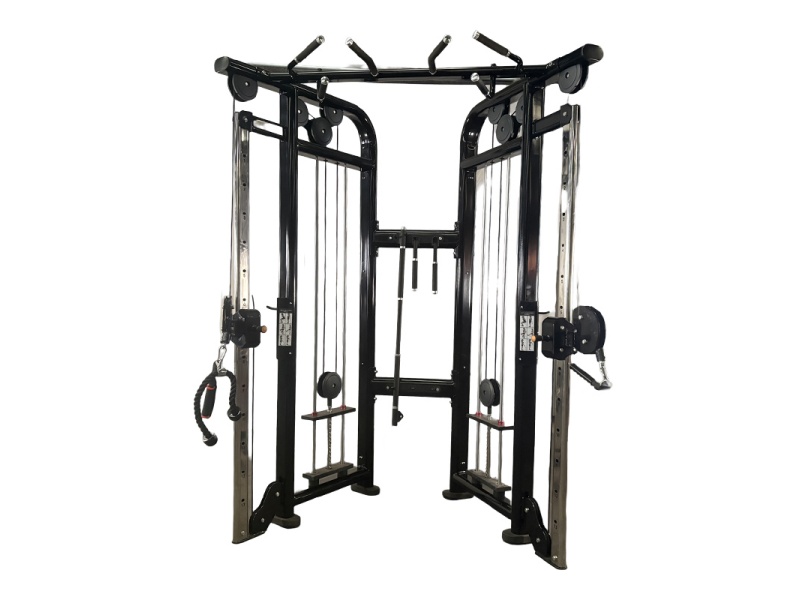Summary:
Step into the realm of fitness functional trainers—dynamic, space-efficient tools that transform your home exercise experience. This guide explores their technical aspects, advantages, and standout traits to guide you toward the ideal choice for your setup.
Ready to upgrade your home gym? A fitness functional trainer could be the key, delivering a versatile full-body workout in a sleek, compact package. Let’s unpack what sets the best options apart, mixing in-depth specs with a casual tone for an easy, engaging read.
What Is a Fitness Functional Trainer?
At its core, a functional trainer is a multi-purpose piece of equipment designed to mimic natural body movements. Unlike traditional machines with fixed paths, these trainers use adjustable pulleys, cables, and weight stacks to give you freedom in your exercises. Whether you’re into strength training, rehab, or functional fitness, this gear adapts to your goals. The best functional trainer shine with smooth mechanics and durable builds, making them a staple for beginners and pros alike.
Key Features of the Best Fitness Functional Trainers
What separates a good trainer from the best? It’s all in the details. Top models come with dual adjustable pulleys for varied angles, weight stacks that range from 150 to 200 pounds, and sturdy steel frames that hold up over time. Look for extras like ergonomic grips, quick-adjust systems, and a small footprint—perfect for tight spaces. These features ensure you’re getting a versatile, long-lasting investment that keeps your workouts fresh and effective.
Benefits of Adding a Functional Trainer to Your Routine
Why go for a fitness functional trainer? For starters, it’s like having a personal gym in one machine. You can hit every muscle group—think squats, presses, rows, or even rotational moves for core strength. The cable system adds constant tension, boosting muscle engagement over free weights alone. Plus, it’s low-impact, so your joints stay happy while you build strength. The best fitness functional trainers make it easy to switch between exercises, keeping your sessions efficient and fun.
How to Choose the Right Model for You
Picking the best functional trainer boils down to your space, budget, and goals. Measure your room first—most units are about 4 feet wide and 7 feet tall. Budget-wise, expect to spend $1,000 to $2,500 for quality. Want rehab-focused features? Check for lighter weight increments. If you’re a powerlifter, prioritize higher weight capacity. Test the pulley smoothness and build quality if you can—those little things matter in the long run.
Conclusion:
A fitness functional trainer brings versatility and efficiency to your home gym, blending smart design with practical benefits. The best functional trainer fits your space, meets your goals, and keeps workouts engaging. Ready to transform your routine? This machine might just be your next big win.
FAQs
1. How much space do I need for a functional trainer?
You’ll need about 6x6 feet of floor space, plus some clearance for arm movement. Compact models fit smaller rooms, so check dimensions before buying.
2. Can beginners use a fitness functional trainer?
Absolutely! Start with light weights and basic moves like chest presses or lat pulldowns. The adjustable setup grows with your skill level.
3. Is it worth the investment compared to a gym membership?
For home convenience and long-term use, yes. The best fitness functional trainers save time and money if you’re consistent with workouts.


